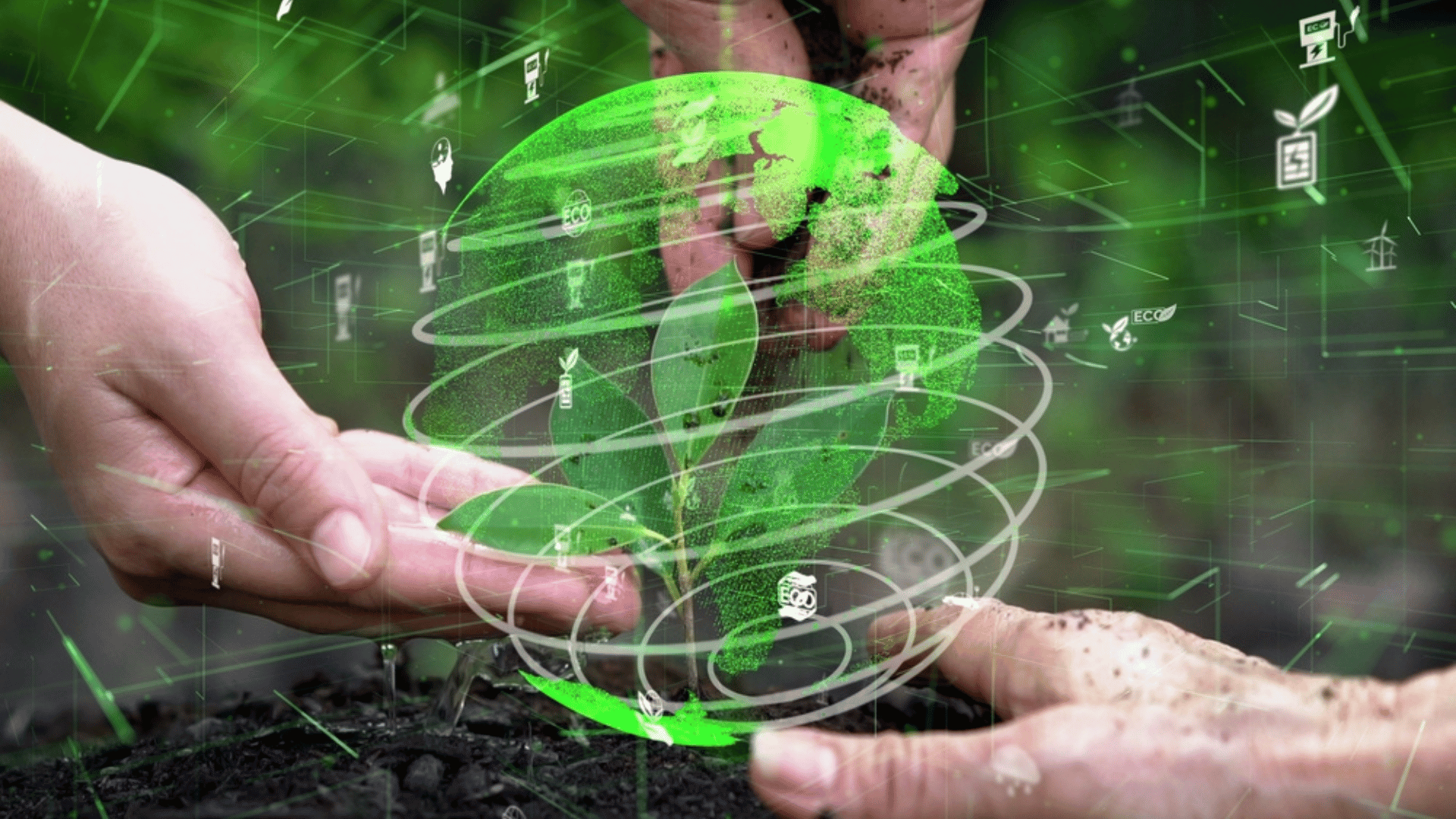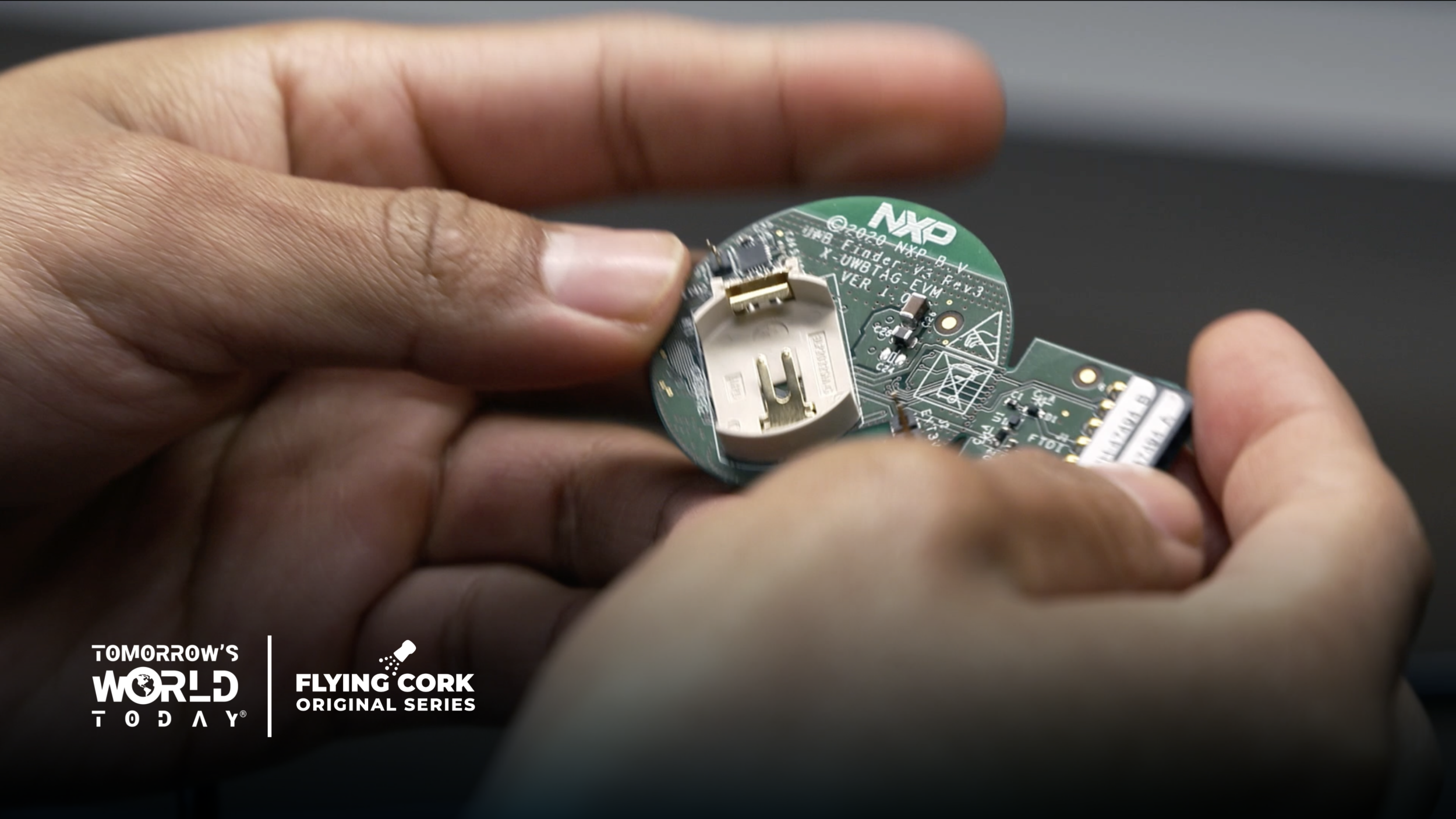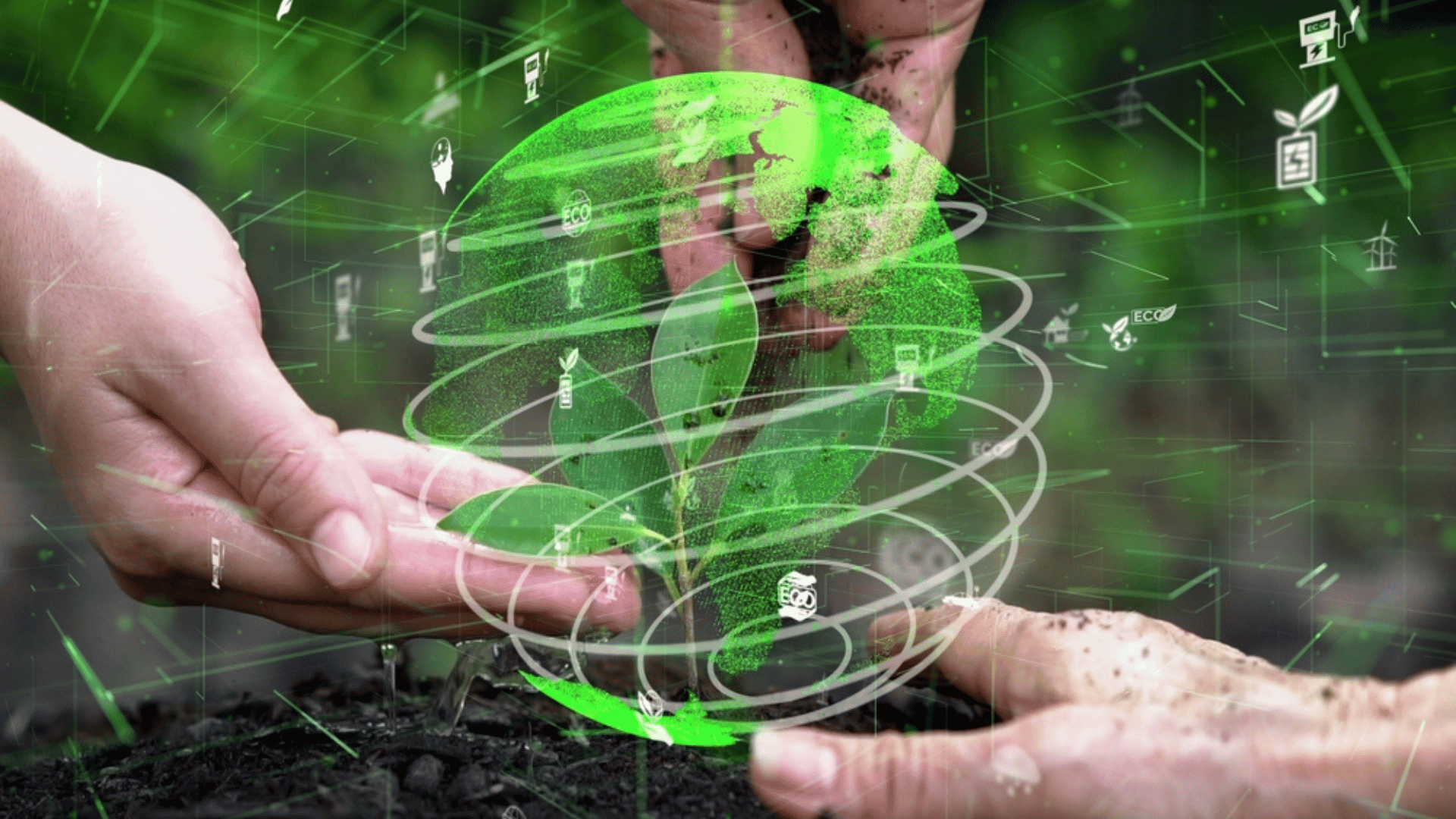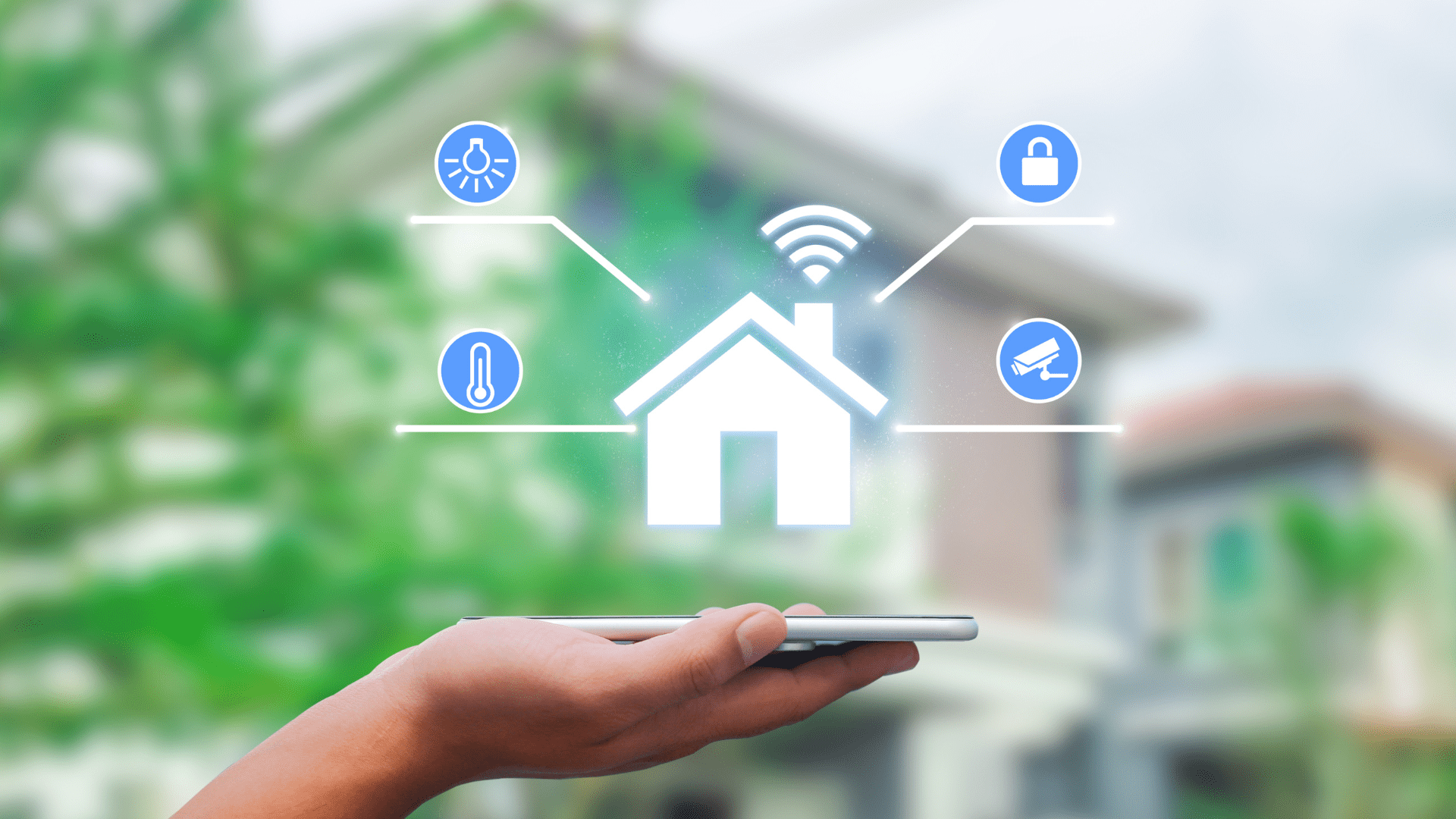The latest Smart Home technologies can help the average house become more sustainable by using energy more efficiently, reducing waste, and accelerating the switch to renewable energy. Check out five ways smart technologies are helping homes make better use of natural resources.

1. Reduce Utility Bills
Heating and cooling are two of the biggest energy consumers in most homes. Smart thermostats can learn your habits and preferences, so you spend less time changing settings or making seasonal adjustments to save energy. Over time, the thermostat can monitor how you use electricity and gas and can automatically finetune operations to increase efficiency. Smart systems can also help reduce water use, by doing things like skipping outdoor watering when it’s raining or cutting back when it’s overcast.
2. Respond to Exterior Conditions
Automated window coverings can optimize interior temperatures depending on the season and the day-to-day weather. Working in tandem with the smart thermostat, the house can more effectively regulate its own temperature and thus use less energy overall. During the summer, when daytime temperatures go up, window shades can be automatically lowered in the morning to keep in cool air and block out heat. Similarly, in winter, when the sun can help warm interior rooms, the shades can be automatically raised to take full advantage of clear skies.
3. Do More, Use Less
The average home is filled with electronic appliances, and most people own a growing list of consumer electronics, including computers, tablets, smartphones, video game consoles, and internet streaming devices. Today’s power-efficient smart appliances are designed to do more with less energy and can be programmed to do things like initiate sleep mode when not in use or delay operation to take advantage of off-peak rates.
4. Reduce Waste
When food spoils before we have a chance to eat it, we waste all the energy and water that goes into growing, harvesting, transporting, and packaging it. A smart refrigerator, equipped with interior cameras and internet connectivity, can help reduce waste by sending an alert when perishables are at risk of going bad. Some smart fridges can even recommend recipes based on the ingredients you have on hand!
5. Go Solar
Transitioning to renewable energy is a big part of sustainability, and smart systems can help make the most of a home’s setup for solar energy generation. Smart solar panels use inverters and smart meters to provide real-time data on their performance. They can also be connected to storage systems that hold the energy panels collected during the daytime.
Highly efficient micro-inverters can be used to control the output of a single solar panel, either directing the energy to household appliances or sending it into the grid for energy credits. A Level 2 (240-volt) charging station can be connected to the system for at-home charging of a battery electric vehicle. The charging station can be set up to automatically redirect energy to the home—in case of a blackout, this would prevent the need for a gas-powered generator.
To further enhance your eco-friendly lifestyle, consider integrating advanced home solar energy solutions. These solutions optimize the performance of your solar panels, ensuring that every bit of collected sunlight is utilized efficiently. Whether you’re looking to power your home entirely with solar energy or simply reduce your dependence on traditional power sources, investing in smart solar technologies can lead to significant long-term savings and environmental benefits.
For more information on smart homes, check out the full episode below:







